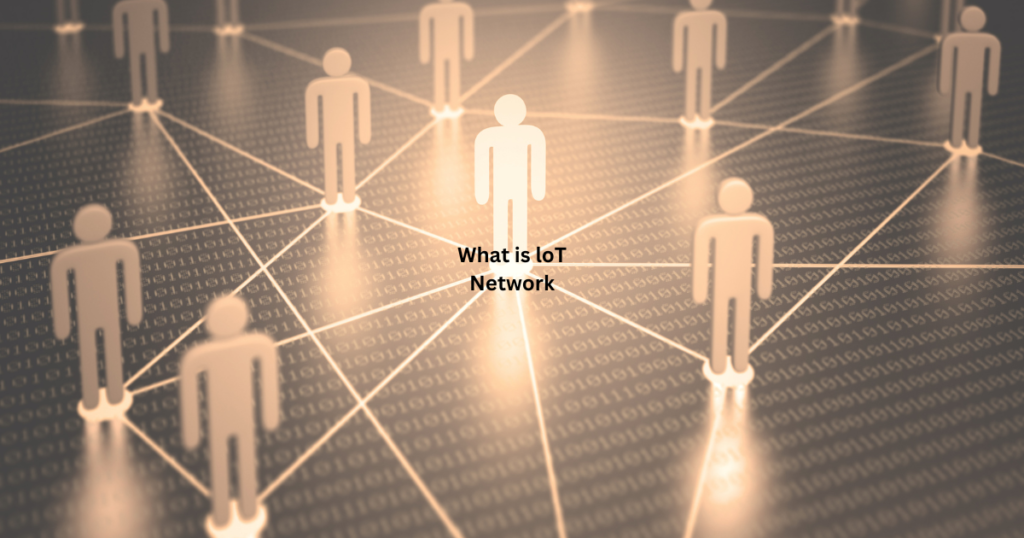Introduction to IoT Networks
The Internet of Things (IoT) has transformed how we interact with technology, bridging the physical and digital worlds. At its core lies the IoT network—a complex web of interconnected devices, sensors, and systems that collect, transmit, and analyze data in real-time. IoT networks are revolutionizing industries and everyday life, from smart homes to industrial automation. This blog post’ll explore what IoT networks are, how they work, and why they’re essential to our connected future.
What is an IoT Network?
An IoT network is a system of devices, gateways, and cloud platforms that communicate seamlessly to share data and execute tasks. These networks rely on:
- Smart Devices/Sensors: Collect data (e.g., temperature, motion, or location).
- Connectivity Protocols: Enable communication (Wi-Fi, Bluetooth, LoRaWAN, Zigbee, or cellular networks like 5G).
- Data Processing: Cloud or edge computing systems analyze data.
- User Interfaces: Dashboards or apps that let users interact with IoT systems.
Key Benefits of IoT Networks
- Efficiency: Automate tasks like energy management or inventory tracking.
- Data-Driven Decisions: Real-time insights improve operational accuracy.
- Cost Savings: Predictive maintenance reduces downtime and repairs.
- Scalability: Easily add new devices to expand functionality.
Top Applications of IoT Networks
- Smart Homes
- Voice-controlled assistants (Alexa, Google Home).
- Smart thermostats, security cameras, and lighting systems.
- Healthcare
- Remote patient monitoring via wearable devices.
- IoT-enabled medical equipment for faster diagnostics.
- Agriculture
- Soil sensors for precision irrigation and crop monitoring.
- Livestock tracking using GPS-enabled collars.
- Industrial IoT (IIoT)
- Predictive maintenance for machinery.
- Supply chain optimization with RFID tags.
- Smart Cities
- Traffic management systems reduce congestion.
- Waste management via sensor-equipped bins.
Challenges in IoT Networking
While IoT networks offer immense potential, they face hurdles:
- Security Risks: Vulnerabilities to hacking and data breaches.
- Solution: End-to-end encryption and regular firmware updates.
- Interoperability: Fragmented standards across devices.
- Solution: Adoption of universal protocols like Matter for smart homes.
- Power Consumption: Battery life limits for remote sensors.
- Solution: Low-power protocols (e.g., NB-IoT) and energy harvesting.
Future Trends in IoT Networks
- 5G Integration: Faster speeds and lower latency for mission-critical applications.
- Edge Computing: Reducing reliance on the cloud by processing data locally.
- AI-Driven IoT: Machine learning enhances predictive analytics and automation.
- Sustainability Focus: Energy-efficient devices and eco-friendly IoT solutions.
How to Build a Secure IoT Network
- Choose Reliable Hardware: Opt for certified, tamper-resistant devices.
- Prioritize Encryption: Use TLS/SSL protocols for data transmission.
- Segment Networks: Isolate IoT devices from critical systems to limit breach risks.
- Regular Updates: Patch vulnerabilities through over-the-air (OTA) updates.
FAQs About IoT Networks
Q: What’s the difference between IoT and IIoT?
A: IoT focuses on consumer applications (e.g., smart homes), while IIoT targets industrial uses like manufacturing and logistics.
Q: Which connectivity protocol is best for IoT?
A: It depends on range and power needs:
- Short-range: Bluetooth/Wi-Fi.
- Long-range: LoRaWAN or cellular (NB-IoT).
Q: Can IoT work without the internet?
A: Yes! Local networks allow device communication offline, but cloud access unlocks its full potential.
Conclusion
IoT networks are the invisible force driving innovation across industries, empowering smarter decisions and seamless automation. As technology advances, addressing security and interoperability challenges will be critical to unlocking IoT’s full potential. Whether you’re a tech enthusiast or a business leader, understanding IoT networks is key to thriving in the connected era.
Disclaimer: This blog post is for informational purposes only. Always consult professionals for tailored IoT solutions.



